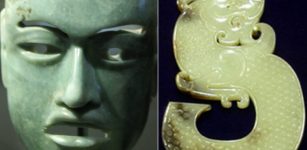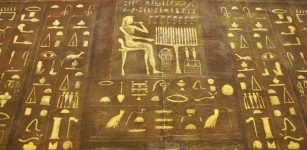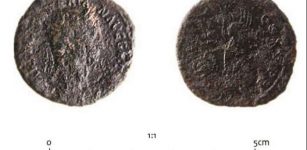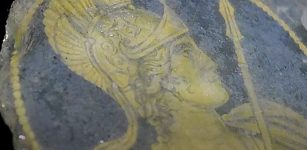Famous Bayeux Tapestry May Solve The Planet Nine Mystery
AncientPages.com - The quest for the elusive Planet Nine continues. The mythical “Planet X” may actually be real, and scientists are calling it “Planet Nine.” Over the years, several astronomers claim they have found evidence for a planet 10 times more massive than Earth in the far outer solar system, orbiting about 20 times farther from the sun than distant Neptune does.
Now, a group of researchers from Queen's University Belfast in Northern Ireland say the famous Bayeux Tapestry may help solve the Planet Nine mystery.
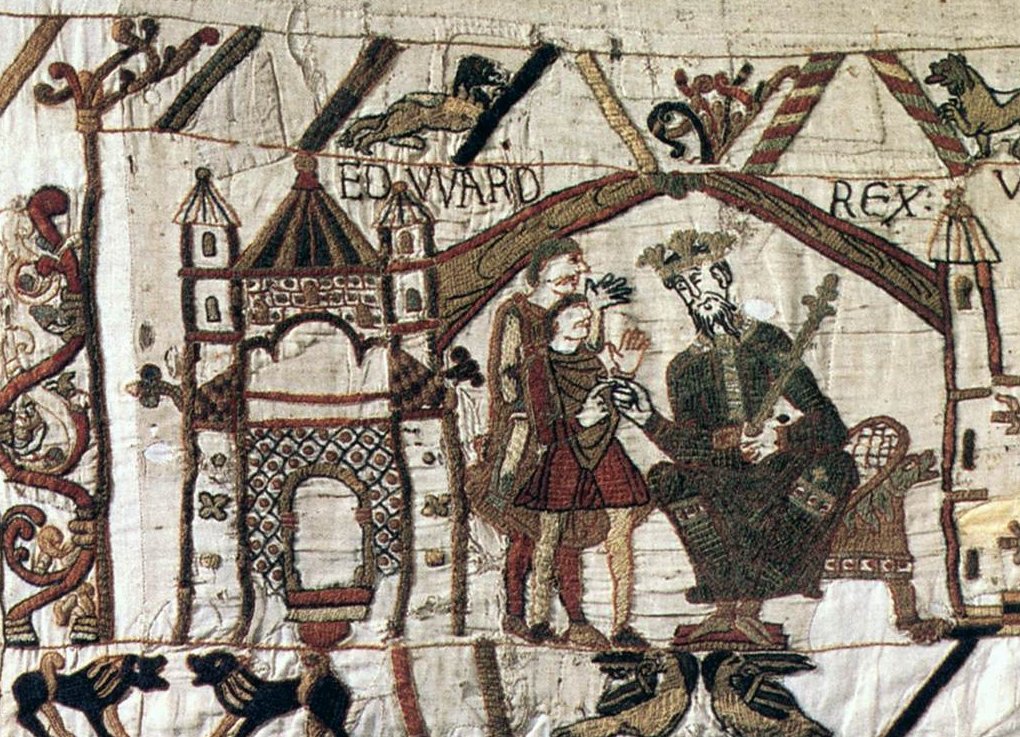
When first referred to (1476), the tapestry was used once a year to decorate the nave of the cathedral in Bayeux, France. There it was “discovered” by the French antiquarian and scholar Bernard de Montfaucon, who published the earliest complete reproduction of it in 1730.
The Bayeux Tapestry is an impressive example of Romanesque art depicting the Norman Conquest of England in 1066 by William, duke of Normandy, the historical event that culminated in the famous Battle of Hastings (Oct. 14, 1066).
The Bayeux Tapestry's vivid action expressed in the scenes strongly resembles a film, but it is more than that; the artifact is important as a source for 11th-century history.
While exploring the Anglo-Saxons understanding of the cosmos in the Middle Ages, researchers found evidence our ancestors recorded many astronomical events.
Combining records of comets from Anglo-Saxon sources with contemporary images of comets (from NASA, the New York Times and The Northern Ireland Amateur Astronomy Society (NIAAS) can shed more light on the existence of planet Nine.
See also:
Was Mysterious Planet 9 Stolen By Our Sun 4.5 Billion Years Ago?
Aliens On 9 Planets Beyond Our Solar System Could Be Watching Us Right Now
‘Planet Nine’ May Exist: New Evidence for Another World in Our Solar System
‘Planet Nine’ Can’t Hide Much Longer, Scientists Say
“This research project renegotiates the meaning and importance of medieval science and demonstrates how medieval records of comets can help test the theory of the existence of the elusive ‘Planet Nine. Looking at records of comets in Old English, Latin, Old Irish and Russian texts we aim to show that the early medieval people actually recorded genuine astronomical observations, reflecting their interest in cosmology and understanding of the heavens.
The idea for this study came about from the strong desire to challenge the common assumption and perceived lack of scientific enquiry in the early Middle Ages, or commonly referred to as ‘Dark Ages’. This was the spark that ignited the intellectual collaboration between a medievalist and an astronomer,” Dr Marilina Cesario, from the School of Arts, English and Languages said.
“It is fantastic to be able to use data which is about one thousand years old to investigate a current theory. To me, this is one of the most fascinating aspects of our project.
Any strong indication that a ‘Planet Nine’ is required to fit the comet sightings recorded in the Middle Ages will be a unique result and will certainly have a remarkable impact on our understanding of the solar system,” Dr Pedro Lacerda, from the School of Maths and Physics at Queen’s University commented.
The exhibition, entitled ‘Marvelling at the skies: comets through the eyes of the Anglo-Saxons’ will run at the Ulster Museum in Belfast until Sunday 3 June 2018, and is part of a cross-disciplinary research project ‘Before and after Halley: Medieval Visions of Modern Science’.
MessageToEagle reports that astronomers have located four candidates for Planet X.
According to another theory, Planet X may be our missing super-earth.
There are several theories, but where Planet Nine is hiding remains unknown. The study of our ancestors’ knowledge of space, may shed new light on a long-standing astronomical mystery.
AncientPages.com




